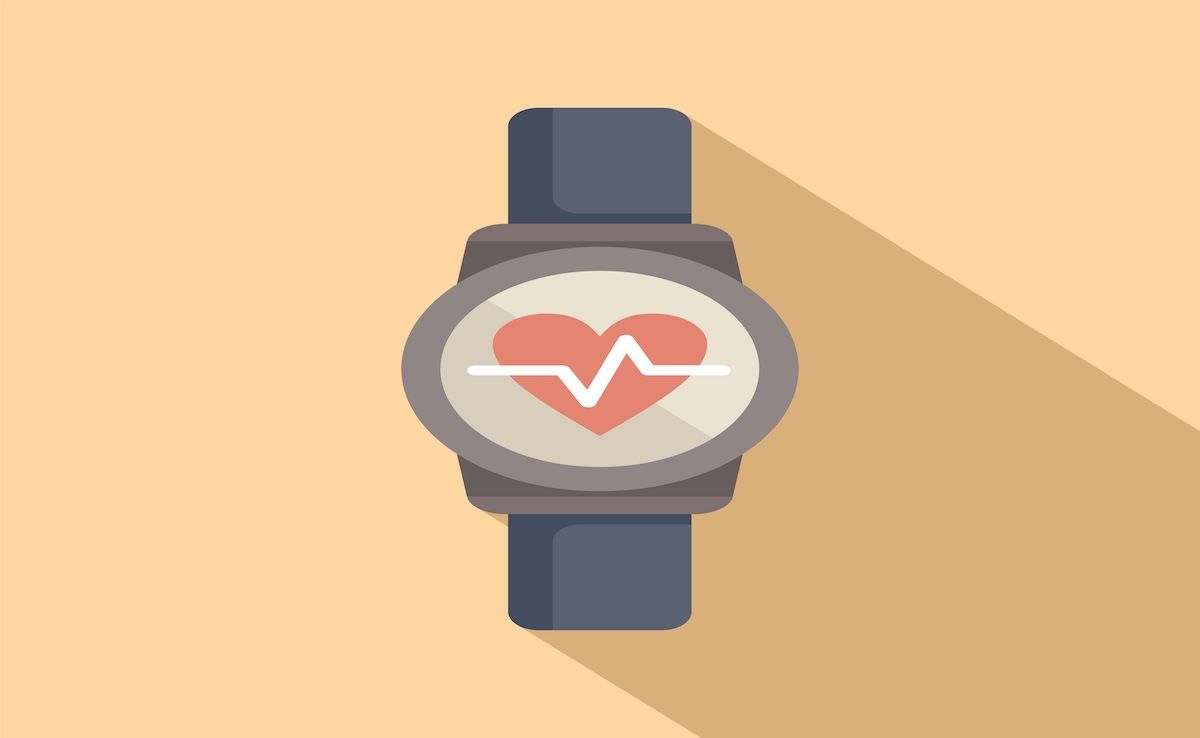Article
Interoperability Remains Biggest Barrier to Health IT Expansion
Author(s):
Consumer demand for engagement in health information technology is a vital aspect of achieving national health goals, but multiple barriers prevent this demand from being filled.
Consumer demand for engagement in health information technology (IT) is a vital aspect of achieving national health goals, but multiple barriers prevent this demand from being filled.
Health IT and electronic health records (EHRs) have advanced greatly in recent years, but the practice of optimizing its benefit for patients is still a work in progress. However, according to the latest EDM Forum report, published in eGEMS, there are currently too many gaps to make the rhetoric of consumer engagement a reality. These gaps are patient-related, technology-related, and system-related. They exist in consumer access to personal health information (PHI), provider attitudes, interoperability, and design/usability, respectively.
Regarding consumer access, the ability of patients to access their health information has always been limited, as providers struggle to meet regulatory requirements. However, studies have found that when consumers are actually given this access, they generally find the information useful and feel more comfortable having discussions about their health with a doctor.
Where physicians are concerned, the limitation lies in the large discrepancy between different attitudes towards adopting EHRs. While some providers back the use of patient portals, much of the physician community remains concerned about potential workload demands.
One primary care physician interviewed, stated in the report that health IT “can be incredibly valuable and useful if used well and well-integrated into a physician’s work and into the patient’s life. I think the challenges are related to how it’s integrated into the workflow, from the provider’s point of view.”
But interoperability is probably the biggest hindrance in expansion of health IT, due to the countless data formats in which information is kept across the country.
“Because formats are not standardized across providers, consumers receiving care from providers using multiple systems cannot easily go to a single location to access all of their health information,” the report authors wrote.
Making sure health IT is accessible and consumer-centered can also be difficult, since each patient comes with varying health literacy levels and information preferences.
As a result, the report came up with various actions that may help close these gaps and reach the goals for consumer engagement: “resolving technical barriers to health information exchange, developing more consumer-centric design and functionality, reinforcing incentives that attract provider support by showing that consumer engagement is in their interest as well, and building a stronger empirical case to show decision makers that the idea that consumer engagement will lead to better care, improved health outcomes, and lower costs.”
Future progress towards making consumer engagement a reality depends on the success of each of these actions.




